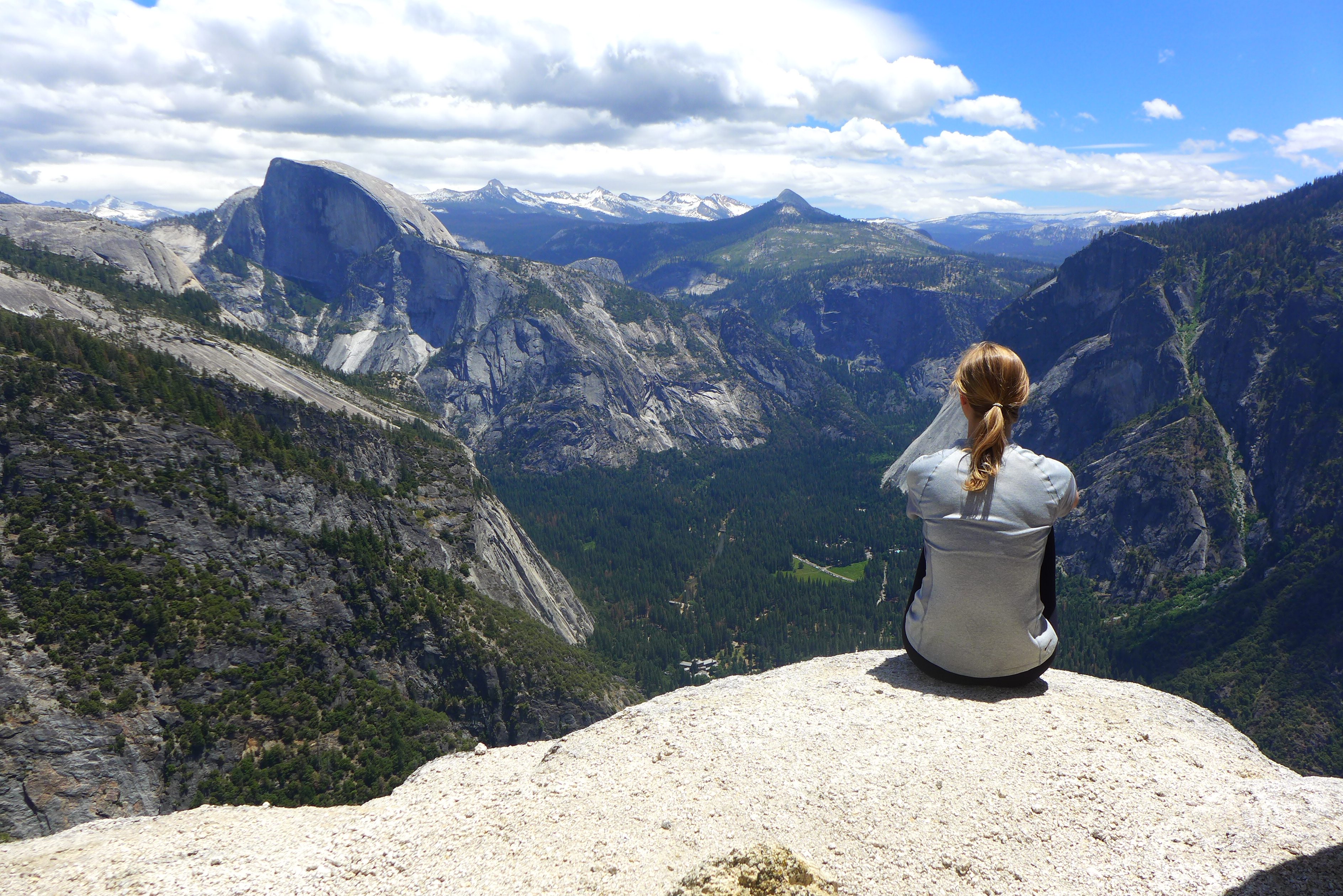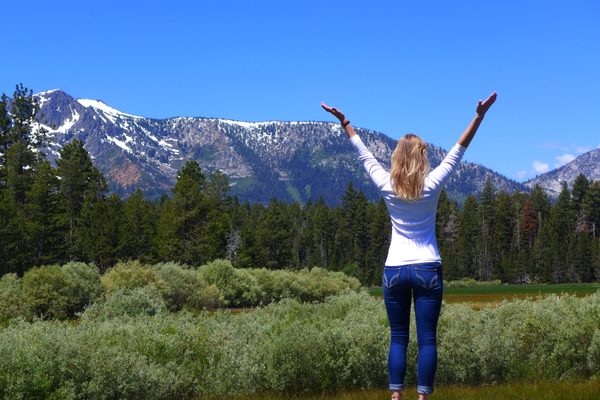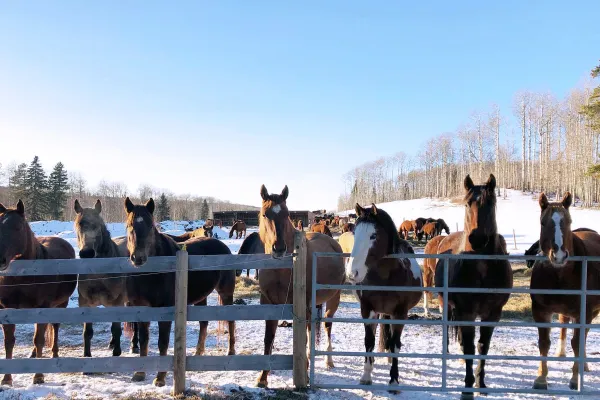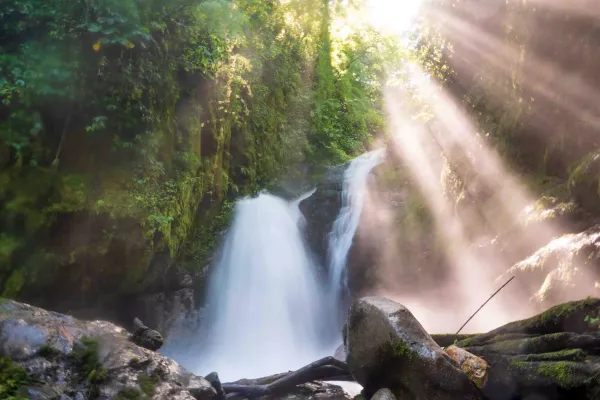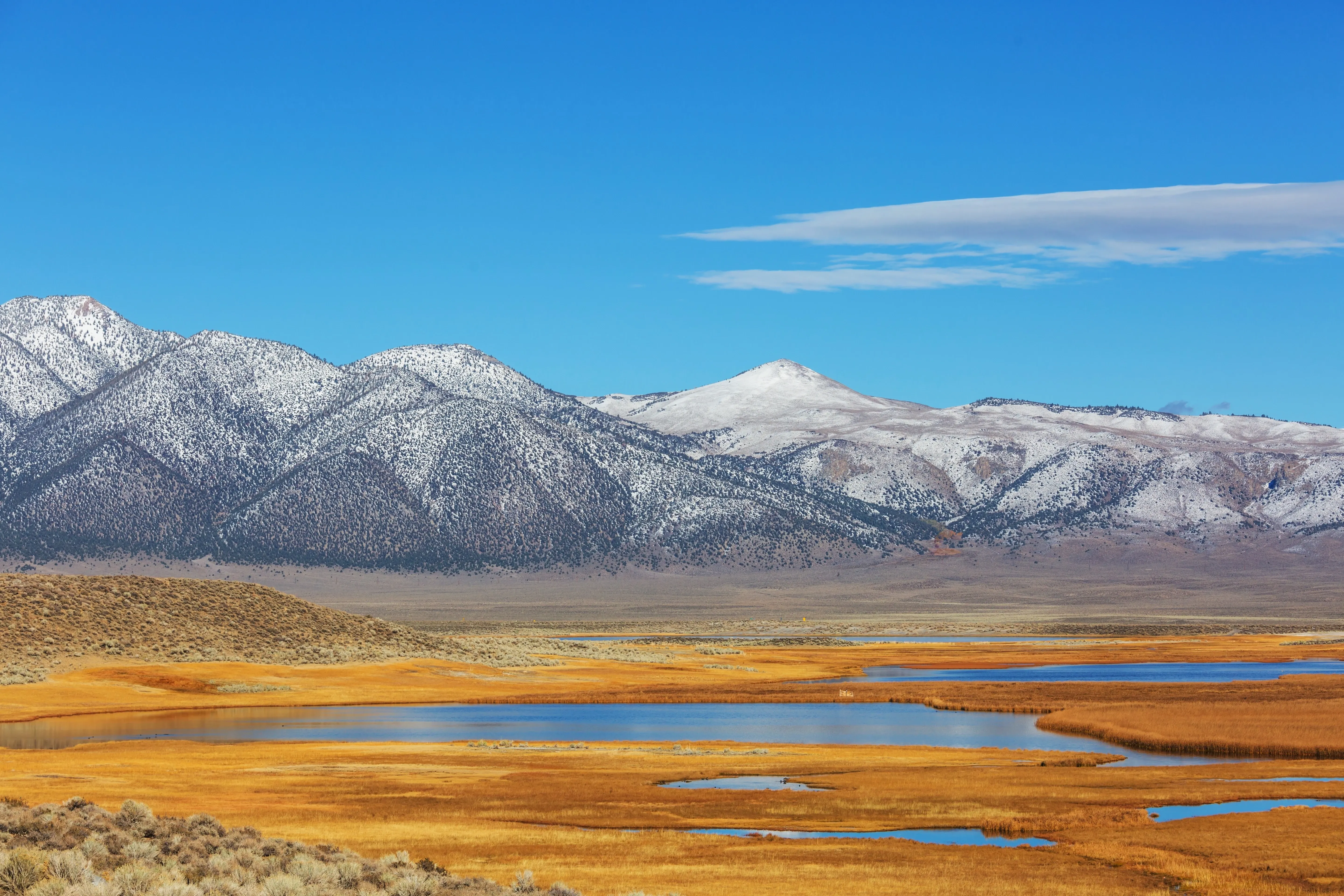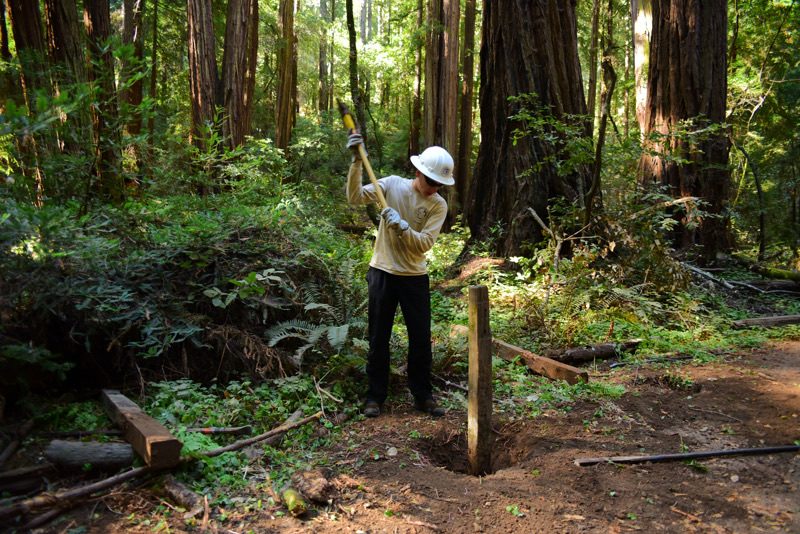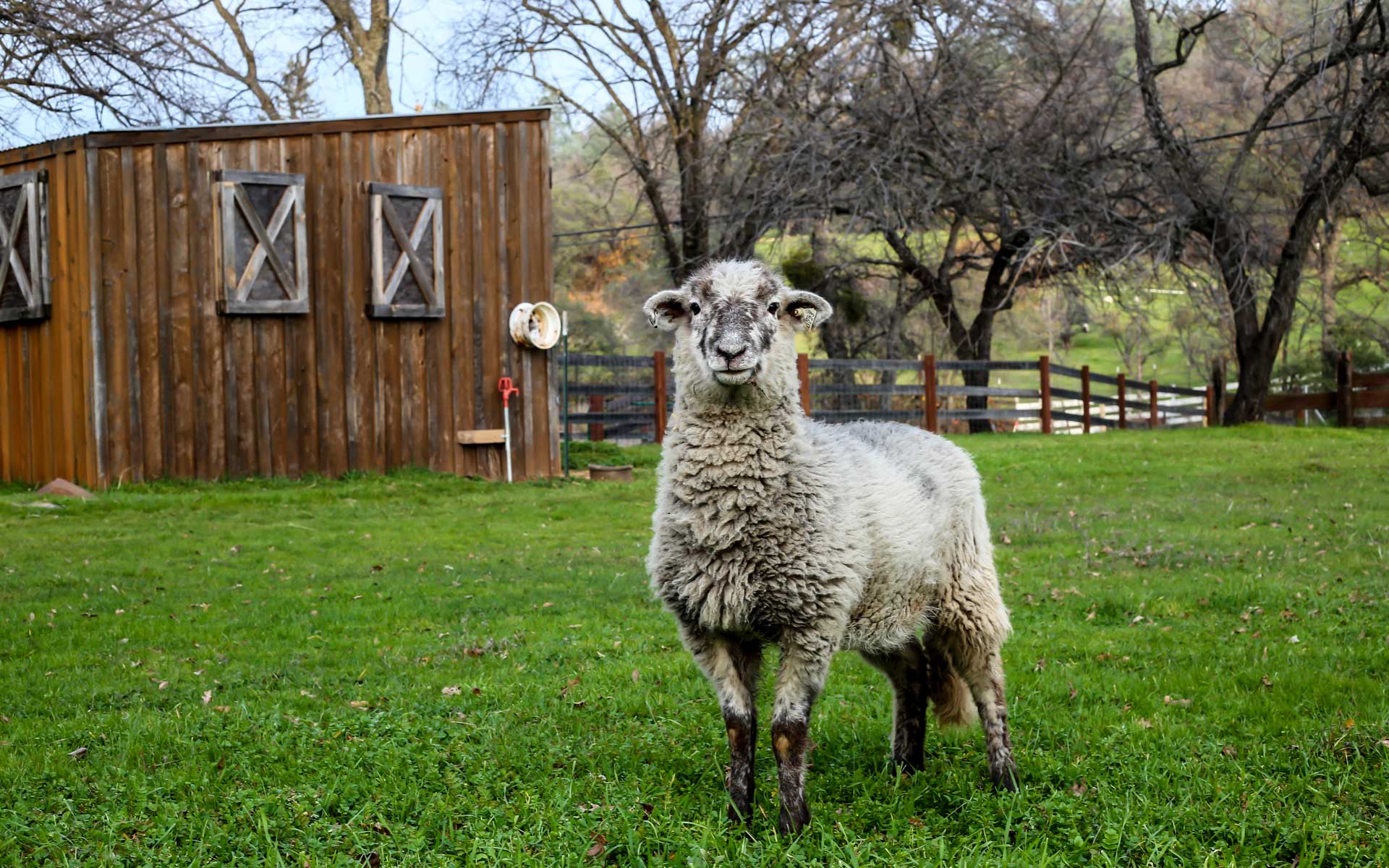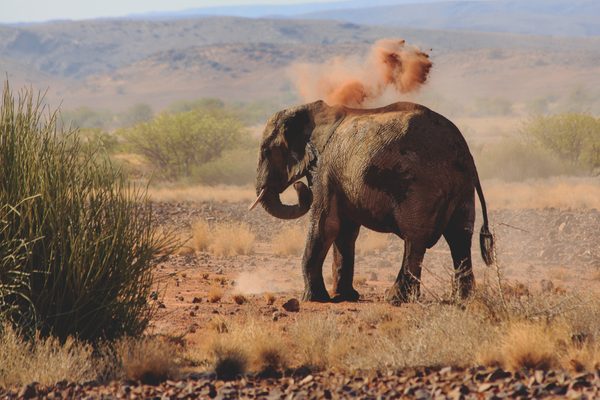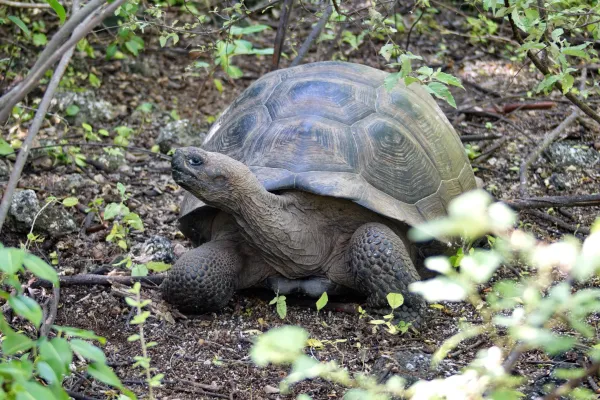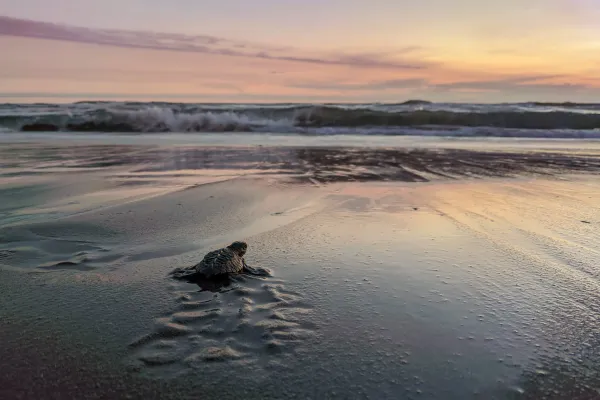Volunteering in North America
Volunteering in conservation throughout North America presents an expansive canvas of opportunities to deeply connect with its varied ecosystems and contribute meaningfully to environmental preservation.
From the rugged wilderness of Canada's boreal forests to the rich biodiversity of Mexico's rainforests and the vast landscapes of the United States, volunteers can participate in a wide range of impactful activities. These include reforestation initiatives in the mountainous forests in California or Cloud Forests in Costa Rica, wildlife monitoring programs to protect iconic species such as Grizzly Bears in Canada, Sea Turtles in Mexico, Humpback Whales in Hawaii or migratory birds in the wetlands of Florida, animal welfare and protection programs for abused or trafficked animals in Guatemala, and community-based conservation projects.

This continent boasts a rich tapestry of biodiversity, encompassing everything from majestic forests and expansive prairies to vital wetlands and critical coastal ecosystems. Despite its natural splendor, North America faces pressing conservation challenges such as habitat loss, pollution, and the protection of endangered species.
Volunteering offers a chance to learn about innovative conservation techniques, collaborate with local communities, and work alongside dedicated organizations committed to safeguarding North America's biodiversity and environments. The continent offers diverse landscapes such as snow-white beaches in Mexico, Belize or Honduras, majestic Mountain ranges across Canada or the vast prairies in the United States of America. The opportunities to learn from indigenous conservation practices, overcome personal challenges and engage with like-minded people are as diverse as the continent itself.
Highlights of volunteering in North America
- Participate in hands-on conservation efforts in diverse ecosystems.
- Join reforestation projects aimed at restoring degraded landscapes and creating habitats for endangered species.
- Immerse yourself in vibrant Indigenous cultures and learn about traditional conservation methods that have sustained ecosystems for generations.
- Contribute to global initiatives tackling issues like deforestation, habitat loss, and declining biodiversity.
- Explore stunning landscapes from the Alaskan Wilderness to the Cloud Forests in Panama, encountering unique flora and fauna.
Why volunteering in North America?
Volunteering abroad in the USA, Canada, Mexico or Greenland presents a gateway to immerse oneself in a continent celebrated for its diverse ecosystems and vibrant cultures. From the rugged wilderness of the Canadian prairies to the sun-drenched coastlines of Mexico and the dense forests of California, North America offers a tapestry of landscapes and unique wildlife that is awe-inspiring.

Volunteers can participate in activities ranging from restoring habitats for endangered species like mustangs, spider monkeys, jaguars, sea turtles, river otters and California condor to supporting community-driven initiatives for sustainable agriculture and urban revitalization.
The region's blend of ancient Indigenous wisdom and innovative conservation practices provides a rich educational experience, where volunteers can deepen their understanding of ecological stewardship and contribute to preserving natural treasures for future generations. By engaging in conservation efforts in North America, volunteers play a pivotal role in safeguarding biodiversity and fostering resilient communities in one of the world's most diverse and dynamic continents.
What kind of volunteering projects are there?
In North America, there is a wide range of conservation volunteering opportunities available, including wildlife monitoring, animal welfare, habitat restoration, sustainable agriculture, and community-based conservation projects. These opportunities allow volunteers to actively participate in protecting biodiversity and promoting sustainable practices across diverse ecosystems throughout the continent.
#1 Volunteering in wildlife protection
Participating in wildlife protection volunteer programs in North America offers the chance to protect endangered and threatened species such as Wolfs, Orcas, Sea Turtles, California Condor across North America. Volunteering in Canada, the United States of America or Costa Rica may participate in wildlife rehabilitation centres, assist with monitoring and tracking wildlife populations, assisting in animal welfare sanctuaries, contribute to habitat restoration projects crucial for species survival, and educate local communities on coexisting with wildlife.

#2 Volunteering in research and monitoring
Participating in research and monitoring volunteer programs across North America offers invaluable hands-on experience in scientific research. Volunteers contribute by collecting data on biodiversity, ecosystem health, and climate change impacts. By volunteering in research and monitoring programs volunteers assist researchers in conducting field surveys, monitoring species behaviour and habitat use, and analysing data to inform conservation strategies and policies. This involvement not only supports environmental stewardship but also fosters skill development in ecological research and conservation science.
#3 Volunteering in forest/ nature conservation
Volunteering in forest and nature conservation across North America includes activities like planting trees, removing invasive species, maintaining trails, and restoring ecosystems. Participants help sustain forest resources, foster biodiversity, and mitigate the impacts of deforestation and habitat fragmentation. It's an opportunity to actively contribute to preserving the continent's diverse forests and natural habitats.
»The supreme reality of our time is the vulnerability of our planet.«
How to volunteer in North America
What do I need to know when volunteering in North America?
To start volunteering in conservation in North America, it's important first to define a specific area of interest, whether wildlife protection, habitat restoration, or marine ecosystem conservation. Next, research organizations active in these areas, such as NGOs or local conservation groups, while considering their respective requirements including age limits, necessary skills, and time commitments.
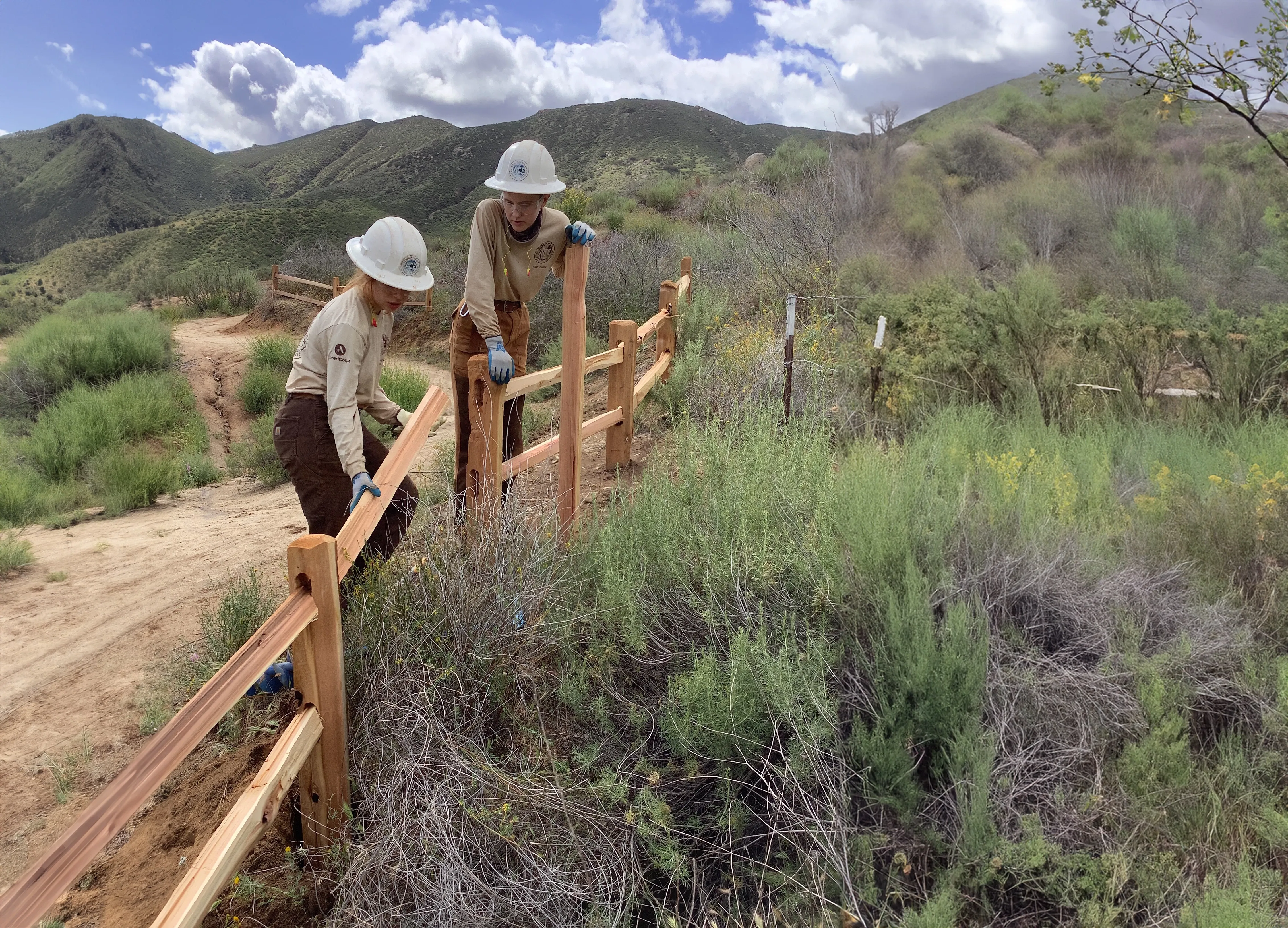
Once a suitable organization is selected, reach out to inquire about volunteer opportunities and current projects. Some organizations may require participation in training or orientation sessions, especially for practical tasks. Proper preparation for outdoor work, including wearing sturdy shoes and gloves as needed, is essential.
After committing to a volunteering schedule, maintaining reliability is crucial for effectively supporting conservation efforts. During the volunteer experience, take advantage of networking opportunities with fellow volunteers and experts. Learning from others can deepen understanding of conservation issues and potentially open doors to future opportunities in the field.
Upon completing the volunteering program, take time to reflect on the experiences. Sharing insights gained can help raise awareness about conservation challenges and inspire others to get involved.
What do I need to prepare myself for volunteering in North America?
Before volunteering for conservation work in North America, it's essential to familiarize yourself with several key aspects. First, understand the specific environmental challenges in the region, such as habitat fragmentation and domestic animal abuse, and how these issues impact local biodiversity and the environment.
Researching the cultural norms and customs of the area is equally important. This ensures respectful interactions with residents and smooth integration into the community. Additionally, being aware of safety protocols and health considerations, such as maintaining up-to-date vaccinations and having adequate health insurance, is crucial for navigating unfamiliar environments confidently.

Moreover, prepare for diverse living conditions that may differ from what you're accustomed to at home. This includes being adaptable to various landscapes, whether in urban or remote areas where conservation projects often take place.
Armed with this knowledge, you can effectively and responsibly contribute to conservation efforts in North America while respecting local cultures and environments. This allowes you to immerse yourself fully into this adventure.
Where should I volunteer in North America?
North America, offers a diverse range of regions where volunteering in conservation can have a profound impact. Between forests and mountains, by volunteering in Canada and the United States you can contribute to projects aimed at taking care of abused domestic animals such as cats, dogs or horses that were used for PMU (pregnant mare urine sold for hormone replacement) or have been overbreed.
Volunteering in forest conservation in the USA, Canada or even in the Cloud forests in Costa Rica by planting indigenous plants and removing invasive species gives one the opportunity to see the direct impact of ones work with immediate result. By maintaining hiking trails and collecting data, volunteers get the opportunity to raise awareness for local and international communities across the world about the importance of reforestation.

Volunteers interested in marine conservation have the opportunities to travel to Mexico, Belize, Honduras or Costa Rica to monitor and research marine wildlife such as grey whales, whale sharkes, sea turtles, vaquitas (a rare propoise endemic to the Gulf of California). Volunteers may assist with beach-clean ups, habitat restoration and community outreach to raise awareness of the importance of the protection of our oceans.
Wildlife Sanctuaries and Rehabilitation across the continent such as in Guatemala, Canada and the United States offer volunteers the possibility to gain first-hand experience in saving species, treating them and releasing them back into the wild. Volunteers contribute to meaningful impacts onto the diversity of North America.
Four reasons to do volunteering in North America
- Preserve biodiversity: North America is home to diverse ecosystems, from the Canadian Wilderness, to the United States wetlands to tropical cloud forests in Costa Rica, each rich in unique species. Volunteering helps protect endangered plants and animals, ensuring their survival for future generations.
- Conservation challenges: The continent confronts pressing conservation challenges such as habitat loss, deforestation, domestic animal abuse and wildlife trafficking, providing a meaningful context for volunteers to contribute to global conservation efforts.
- Community belonging: Volunteering connects you with like-minded individuals and organizations dedicated to conservation, offering opportunities for cultural immersion, networking, learning, and collaboration.
- Personal Development: Volunteering in North America nurtures environmental awareness, empathy for wildlife, and practical skills, all while promoting personal fulfilment and a dedication to sustainability.
Sign up for the newsletter
By clicking on “Subscribe now” I will subscribe to the Conscious Explorer newsletter with all the information about mindful travel. Information on the success measurement included in the consent, the use of the shipping service provider MailChimp, logging of the registration and your rights of revocation can be found in our privacy policy.
